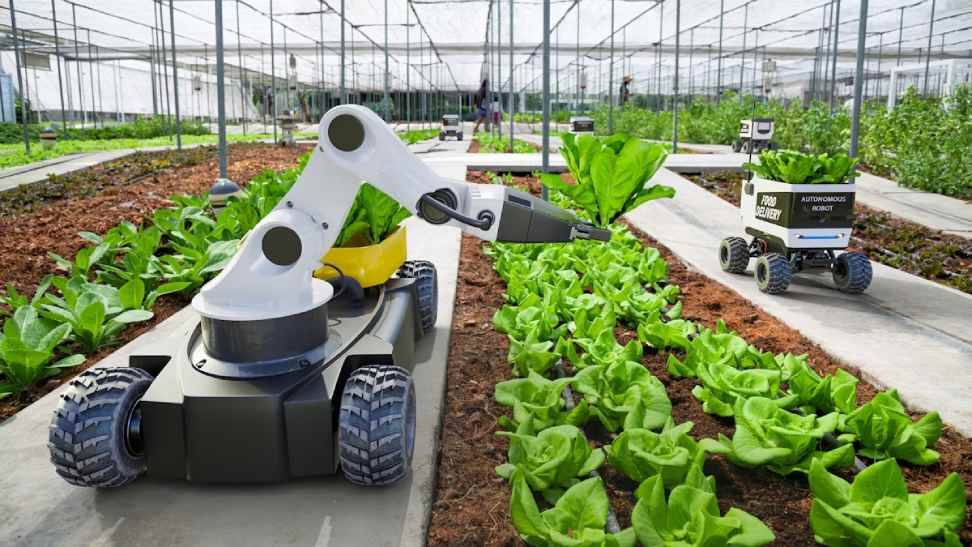Diamondexch9, Diamondexch9 Login, 11xplay Reddy Login: Traditional farming methods face numerous challenges in today’s modern agricultural landscape. One of the primary issues is the heavy dependence on manual labor for various tasks such as planting, watering, and harvesting. This reliance on manpower not only makes the process time-consuming but also significantly increases production costs.
In addition, traditional farming methods often lack precision and efficiency, leading to inconsistent yields and lower productivity levels. The reliance on guesswork for crucial decisions such as the timing of planting and application of fertilizers can result in suboptimal crop growth and quality. As a result, farmers using these methods may struggle to compete in the market and meet the growing demand for agricultural products.
� Traditional farming methods heavily rely on manual labor for tasks such as planting, watering, and harvesting
� This reliance on manpower makes the process time-consuming and increases production costs
� Lack of precision and efficiency in traditional farming methods leads to inconsistent yields and lower productivity levels
� Guesswork in crucial decisions like timing of planting and application of fertilizers can result in suboptimal crop growth and quality
� Farmers using traditional methods may struggle to compete in the market and meet growing demand
Benefits of Autonomous Agriculture
Autonomous agriculture has revolutionized the way farming is done by introducing cutting-edge technologies that streamline processes and increase efficiency. With autonomous vehicles and drones handling planting, monitoring, and harvesting tasks, farmers can save time and labor costs while maximizing yields. The precise application of resources like water, fertilizers, and pesticides enables optimal use, reducing waste and environmental impact.
In addition to efficiency gains, autonomous agriculture also enhances safety for farmers by minimizing the need for manual labor in hazardous conditions such as operating heavy machinery or handling chemicals. The real-time data collected by autonomous systems allows for quick decision-making and more accurate monitoring of crops’ health and growth throughout the season. This proactive approach to farming helps mitigate risks and optimize outputs, leading to increased profitability and sustainability in the agricultural sector.
What are some challenges faced in traditional farming methods?
Some challenges in traditional farming methods include labor shortages, rising labor costs, limited access to data and technology, and the need for manual oversight and management.
What are the benefits of autonomous agriculture?
11xplay, 11x Play, Mazaplay: Autonomous agriculture provides benefits such as increased efficiency, reduced labor costs, improved crop yields, precise resource management, enhanced data collection and analysis, and the ability to work in challenging environmental conditions.
How does autonomous agriculture help in reducing labor costs?
Autonomous agriculture reduces labor costs by minimizing the need for manual labor in tasks such as planting, harvesting, and monitoring crops. This leads to lower labor expenses and increased productivity.
What role does data and technology play in autonomous agriculture?
Data and technology play a crucial role in autonomous agriculture by providing real-time insights, monitoring crop health, optimizing resource usage, and enabling predictive analytics for better decision-making.
Can autonomous agriculture be implemented in challenging environmental conditions?
Yes, autonomous agriculture can be implemented in challenging environmental conditions such as extreme weather, remote locations, or limited access to resources. Autonomous systems can adapt to various conditions and optimize operations accordingly.

